Physical Address
304 North Cardinal St.
Dorchester Center, MA 02124


Explore the World Without Harming the Environment
Discover the top ten sustainable travel destinations for 2025. Plan your eco-friendly adventure and help protect the planet. From lush rainforests to serene fjords, start planning your green getaway today!
Have you ever felt torn between your wanderlust and your concern for the planet’s health? In a world where overtourism scars fragile ecosystems and large carbon footprints are the norm, many travelers feel guilty about their adventures. As climate change accelerates, this tension grows, turning dream trips into sources of anxiety and leaving explorers to question whether their journeys contribute to destruction rather than discovery. But what if you could flip the script and embark on voyages that heal rather than harm, where every step supports conservation and local communities? Enter the top ten sustainable travel destinations for 2025, handpicked for their eco-friendly ethos. These destinations offer thrilling experiences without compromising the environment, blending adventure with responsibility. Whether you’re a solo adventurer or a budget-conscious family, these places prove that you can roam freely and responsibly.
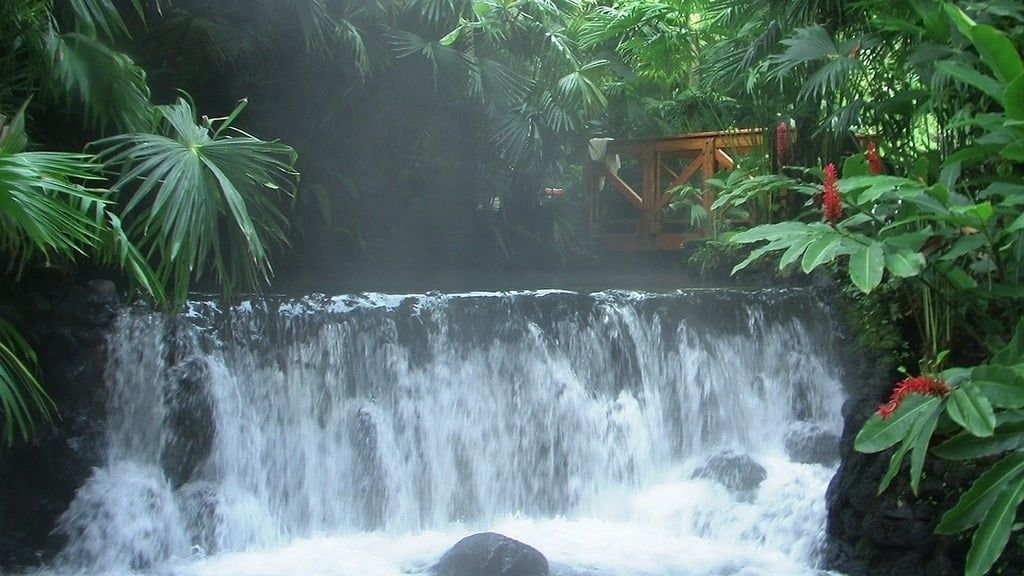
Costa Rica- A Green Paradise of Biodiversity
Imagine waking up to the symphony of howler monkeys and toucans, with the air thick with the scent of blooming orchids and damp earth after a light rain. Costa Rica beckons with its vibrant rainforests and pristine beaches. There, sustainability isn’t an add-on; it’s the heartbeat. This Central American gem runs on 99% renewable energy and protects over a quarter of its land in national parks. During a hike in Corcovado National Park, I once stumbled upon a hidden waterfall. The cool mist revived my spirit as I watched sloths lazily swinging overhead. That moment reminded me that nature rewards those who visit her mindfully.
The company’s commitment to biodiversity is evident in its carbon-neutral certifications for hotels and tours. Key attractions include the hot springs at Arenal Volcano and the cloud forests of Monteverde, which are teeming with wildlife.
Fly into San José International Airport from major hubs. Budget airlines offer round-trip fares from the US under $500. Save money by opting for public buses or shared shuttles, which start at $10. If you’re on a tight budget, aim to spend $50-$100 per person per day, focusing on hostels and local eateries.
Consider staying at Rancho Margot, an off-the-grid eco lodge with farm-to-table meals. Rooms start at $100 per night. Dine on gallo pinto at sodas, small, family-run restaurants, for under $5. Families love the kid-friendly trails, and solo travelers appreciate the volunteer programs.
Plan your visit for the dry season (December through April) to enjoy clear skies. U.S. citizens receive 90-day visa-free entry. Check the official website for updates. Visit Costa Rica! Bring reef-safe sunscreen to protect marine life during your days at the beach.
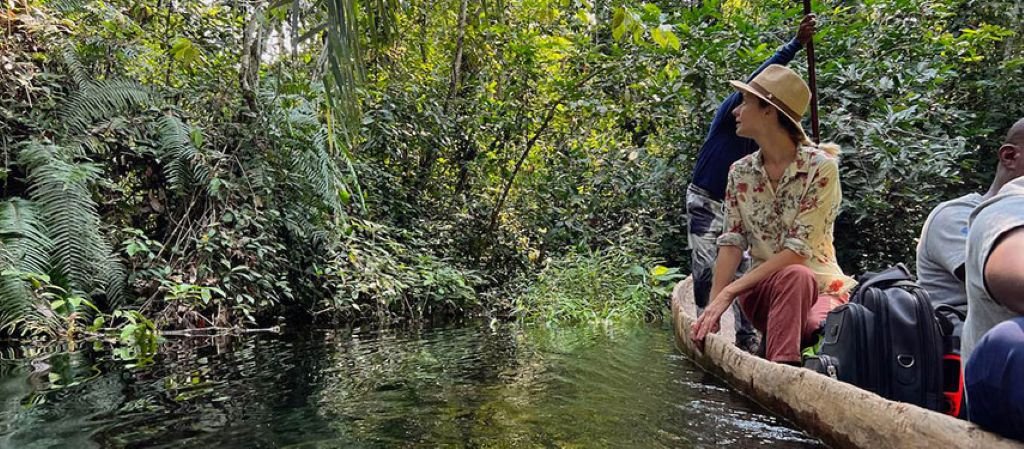
Norway: Fjords and Eco-Innovations
As you glide silently on a hybrid ship through towering cliffs, the crisp chill of fjord air hits you, carrying hints of saltwater and pine. Norway is redefining sustainable travel with its electric ferries and energy-positive hotels. The country aims to achieve zero-emission tourism by 2050. I remember kayaking in the Geirangerfjord at dawn. The only sound was that of distant waterfalls. I felt utterly connected to this pristine wonder.
Hybrid ships like the Havila Kystruten reduce emissions, and hotels like the Svart generate surplus energy. Popular attractions include viewing the Northern Lights and hiking in Jotunheimen National Park.
Direct flights from Europe to Oslo cost between $100 and $300. Trains offer an affordable way to reach the fjords. A medium budget is $80-$150 per day for public transportation and picnics.
Book an eco-certified cabin on a fjord cruise starting at $150 per night. Try fresh salmon at local markets for $10 meals. Scenic trains are ideal for families, and solo travelers can enjoy solo kayaking.
Best time: June to August for midnight sun. EU citizens visa-free; others check Norwegian Directorate of Immigration. Hike responsibly to avoid erosion.
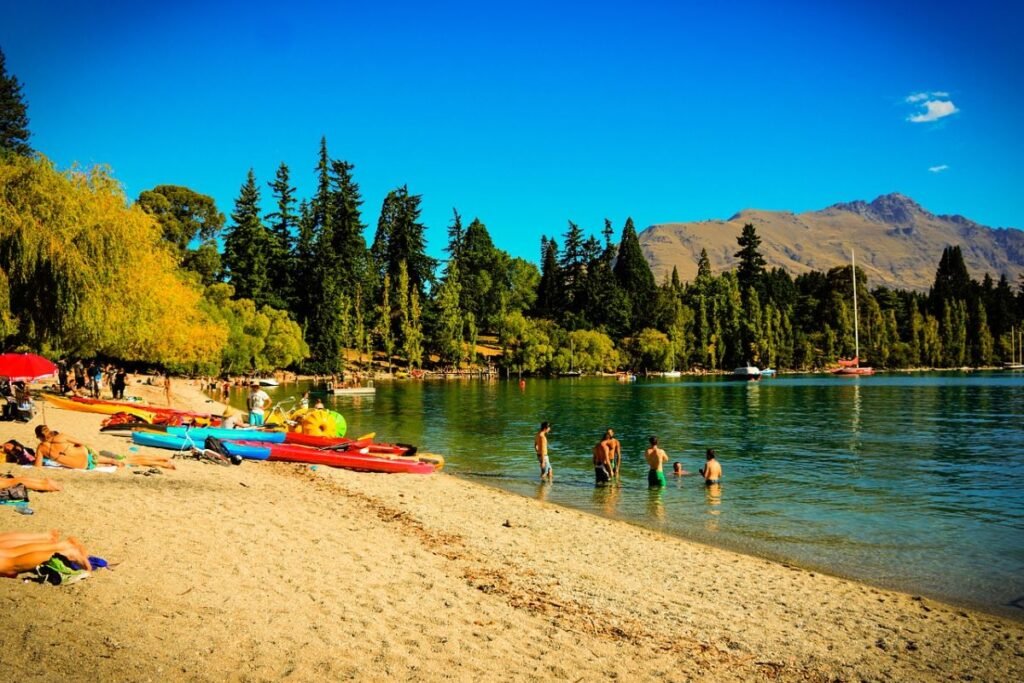
New Zealand: Pristine Nature and Maori Wisdom
Imagine standing on a misty trail surrounded by the earthy aroma of fern forests as a Māori guide shares ancient tales. New Zealand’s commitment to sustainability is rooted in its Tiaki Promise, which encourages visitors to care for the land and its people. During a whale-watching tour in Kaikoura, a pod of orcas surfaced unexpectedly, their grace a testament to the area’s protected waters.
Maori-owned operations, such as Whale Watch Kaikoura, maintain respectful distances to support conservation efforts. Key spots include: Milford Sound and Tongariro National Park.
Flights from Asia to Auckland cost around $400, while buses or camper vans cost $50 per day. For those on a low budget, expect to spend $60-$120 per day with camping.
Stay in eco-lodges like those in Kaikoura for as little as $80. Sample a hangi feast, cooked underground, for $15. They are great for family adventures, and solo travelers can find peace on hikes.
Visit November to April. Visa-free for many; see Immigration New Zealand. Choose carbon-offset flights.

Bhutan: Happiness in Harmony with Nature
As you trek to Tiger’s Nest Monastery, the scent of incense wafts from spinning prayer wheels, blending with the fresh mountain air. Bhutan’s Gross National Happiness prioritizes the environment by limiting the number of tourists through fees that fund conservation efforts. While reflecting at a remote festival, I experienced the profound calm of a land where progress bows to preservation.
Its carbon-negative status and protected forests make it ideal. Attractions: Paro Valley hikes and cultural festivals.
Fly to Paro. Packages include fees and are all-inclusive at $200-$300 per day. Group tours are ideal for medium budgets.
Stay at eco-resorts like Zhiwa Ling for as little as $250. Enjoy momos at local teahouses for $5. It suits spiritual solo travelers and families who enjoy gentle treks.
Best: March to May or September to November. Visa required, arranged via tour operators: Tourism Council of Bhutan. Support local artisans.

Iceland: Geothermal Wonders and Clean Energy
As you soak in the Blue Lagoon amid lava fields, steam rises from turquoise pools, and the sulfur tang is sharp yet invigorating. Iceland is powered entirely by renewable energy and has strict protections against overtourism. While chasing the aurora borealis on a dark road, I was awestruck by the dance in the sky, a display of nature’s raw power.
Efforts are highlighted by geothermal energy and bear sanctuaries. Key: Golden Circle and Reynisfjara black sand beaches.
Flights to Reykjavik cost between $300 and $600, and renting an electric car costs $50 per day. Low: $70–$140 per day for hostels.
Eco-friendly hotels like Ion Adventure start at $200. Enjoy Skyr yogurt at cafes for $4, and experience family-friendly geysers and solo love hot springs.
Visit May to September. Visa-free for Schengen; Icelandic Directorate of Immigration. Use reusable bottles for free hot water.

Slovenia- Europe’s Hidden Green Gem
As you cycle along the shores of Lake Bled, lush alpine meadows buzz with bees and the fresh herbal scent is inviting. Slovenia boasts Europe’s first green destination certification and has vast protected areas. I discovered a secret cave swim where the cool water refreshed my soul in this underrated haven.
Green trails and pristine waters. Attractions: Triglav National Park and the car-free center of Ljubljana.
Flights to Ljubljana cost between $200 and $400, while trains cost $10. Medium: $50-$100 per day.
Glamping pods start at $80. Struklji dumplings are $6 each. They are perfect for families with bikes and solo explorers of caves.
Best: June to August. EU visa-free; Slovenian Government. Bike shares save cash.
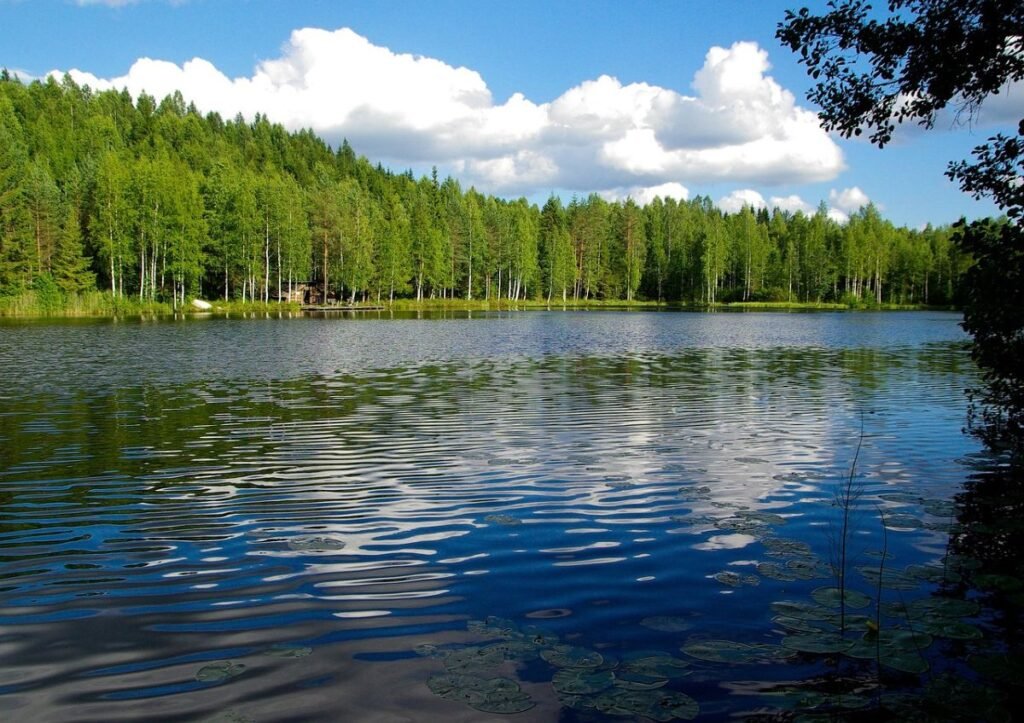
Helsinki, Finland- Urban Sustainability at Its Best
The salty breeze from the Baltic Sea mingles with the aroma of coffee in bustling markets where green spaces beckon visitors to have a picnic. Helsinki tops the rankings with its 86% green space quality and eco-friendly hotels. Strolling through the Suomenlinna fortress, unexpected serenity was sparked by the sea views in this vibrant city.
High walkability and green certifications. Attractions: Saunas and Nuuksio National Park.
Flights cost between $300 and $500, and trams cost $3. The low end of the spectrum is $60 to $120 per day.
Green Key hotels start at $100. Salmon soup is $8. Families enjoy the parks, and solo travelers enjoy the saunas.
Visit summer. Visa-free for many; Finnish Immigration Service. Walk everywhere.
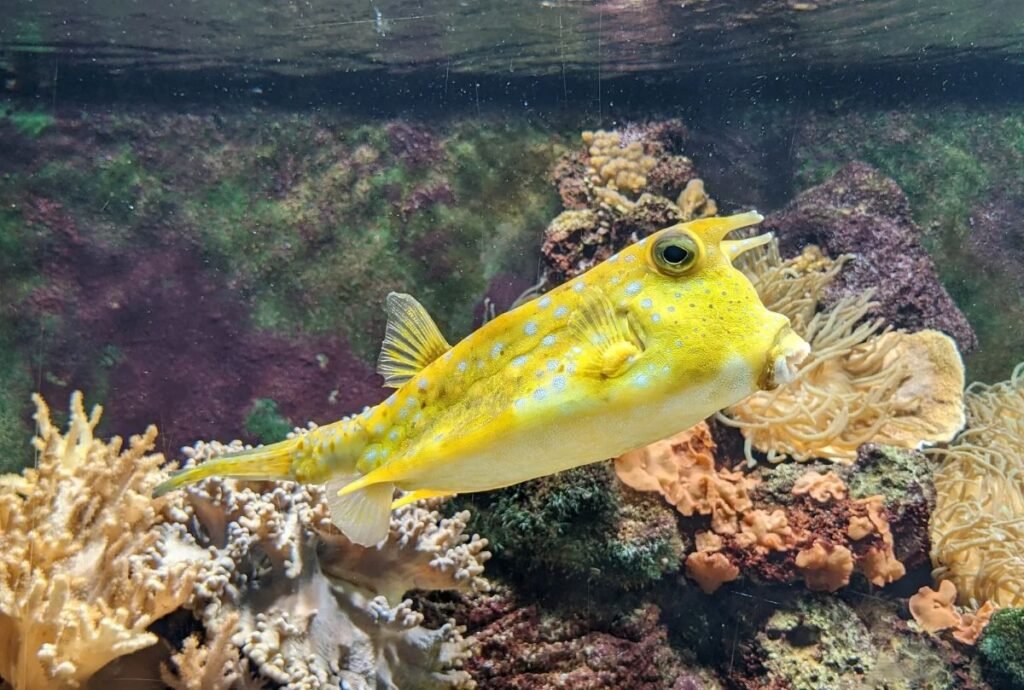
Palau-Ocean Guardian of the Pacific
Coral reefs teem with life. The warm water is silky against your skin as you snorkel in silence. Palau’s shark sanctuary and marine protections are what define it. Encountering manta rays up close surprised me with their elegance in this underwater paradise.
Ocean Conservation Hubs: Attractions: Jellyfish Lake and the Rock Islands.
Flights via Manila cost $600, while boats cost $20. The medium option is $80-$150 per day.
Resorts start at $150. Tuna sashimi is $10. Suitable for family dives and solo marine tours.
Best: December to March. Visa on arrival; Palau Visitors Authority. Use eco-sunscreen.
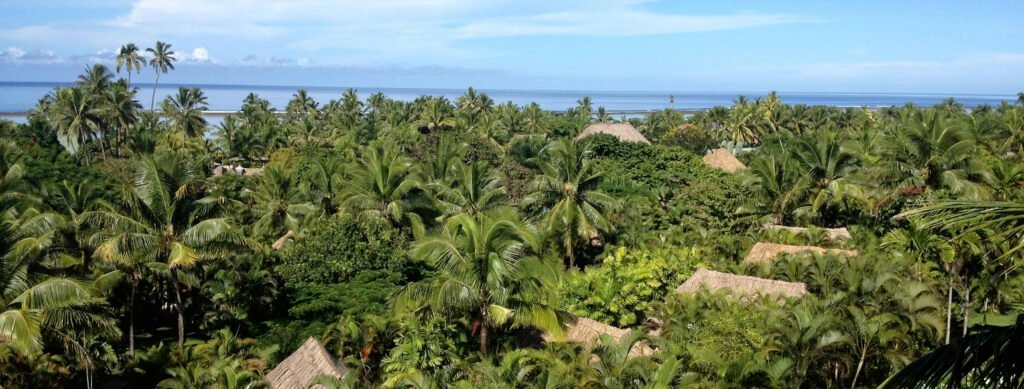
Fiji- Island Bliss with Community Focus
The soft sand yields beneath your feet as you watch coconut palms whispering in the breeze and villagers sharing kava ceremonies. Fiji’s eco-resorts support local communities and reefs. A spontaneous village feast revealed the warmth of Fijian hospitality.
Island Sustainability and Conservation: Attractions: The Yasawa Islands and coral gardens.
Flights: $500-$800
Ferries: $30 Low: $50-$100 per day.
Eco-bures $100. Lovo feasts $15. Family beaches; solos yoga retreats.
Visit May to October. Visa-free; Fiji Tourism. Plant mangroves.
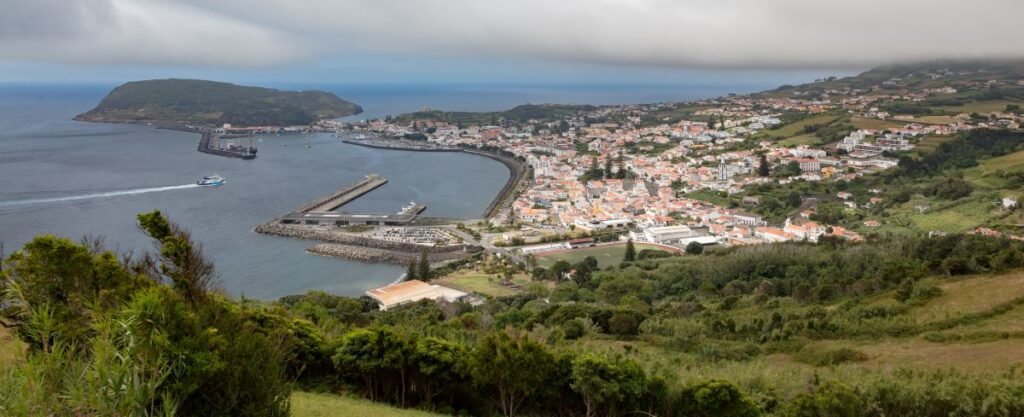
Azores, Portugal- Volcanic Beauty and Eco-Adventures
The air is scented with volcanic soil as you hike misty trails alongside bubbling hot springs. The Azores won Europe’s Best Sustainable Destination in 2025. Standing on the cliffs, I spotted whales and was humbled by the vastness of the ocean.
Green certification and marine parks. Attractions: Sete Cidades and whale watching.
Flights to Ponta Delgada cost between $200 and $400, while buses cost $5. Medium-sized accommodations cost between $40 and $90 per day.
Eco-guesthouses $80. Seafood stews $10. Families love hikes; solos diving.
Best: April to October. EU visa-free; Visit Azores. Rent bikes.
| Destination | Safety Rating (Out of 10) | Solo Traveler Suitability | Average Daily Cost (Low-Medium Budget) | Family-Friendly Features |
|---|---|---|---|---|
| Costa Rica | 8.5 | High (volunteer options) | $50-100 | Kid trails, beaches |
| Norway | 9.0 | High (hiking solitude) | $80-150 | Scenic trains |
| New Zealand | 9.0 | High (adventure tours) | $60-120 | Cultural stories |
| Bhutan | 8.0 | Medium (guided tours) | $200-300 (all-inclusive) | Spiritual sites |
| Iceland | 9.5 | High (hot springs) | $70-140 | Geothermal fun |
| Slovenia | 8.5 | High (caves) | $50-100 | Bike paths |
| Helsinki | 9.0 | High (urban walks) | $60-120 | Parks, saunas |
| Palau | 8.0 | Medium (diving) | $80-150 | Marine education |
| Fiji | 8.5 | High (retreats) | $50-100 | Village visits |
| Azores | 9.0 | High (whales) | $40-90 | Hiking adventures |
Data sourced from travel indices and sources.
Respect local customs. For example, remove your shoes in temples in Bhutan and accept kava with both hands in Fiji. Engage with the local community by learning phrases like “pura vida” in Costa Rica. Avoid single-use plastics and carry reusable items. Support indigenous guides for authentic insights.
Visas vary, but many offer free entry for 30 to 90 days. Always check official sites, such as the UNWTO website, for more information. The best seasons align with dry weather for outdoor activities. Save money by traveling off-peak, using apps to find deals, and eating locally. For families, pack snacks. For solo travelers, join group tours to cut costs.
What makes a destination sustainable in 2025?
Renewable energy, conservation, and community benefits are all part of it, as demonstrated by these top picks.
How can I travel sustainably on a low budget?
Opt for public transportation, eco-friendly hostels, and locally sourced food. Aim to spend $50-$100 per day in destinations like Slovenia.
Are these spots safe for solo travelers?
High ratings are a good indicator. Use common sense and apps for navigation.
What’s the best time for eco-friendly trips?
The dry season minimizes the impact. Check the specifics for each location.
How do I offset my carbon footprint?
Support local projects by booking flights with offsets.
Discover hidden pleasures in these eco-havens and uncover paradises that nurture both the soul and the planet. Plan your trip seamlessly and sustainably at travelgoeasy.net. What’s your dream sustainable destination? Share it in the comments below!
“Costa Rica taught me that true luxury is harmony with nature,” said a traveler. Anonymous Explorer
Research suggests that the top sustainable travel destinations in 2025 will emphasize renewable energy and conservation efforts, similar to Costa Rica’s initiatives to protect its biodiversity. There is evidence that Europe and the Pacific Islands are leaders in urban green innovations, though popular spots face challenges like overtourism.
Each location offers unique, sensory-rich experiences supported by data from Lonely Planet, Booking.com, and other sources. For instance, limited visitor numbers in Bhutan preserve the culture, though the fees add cost.
Full details mirror the direct section and are expanded with statistics. For example, Iceland is 100% renewable, and Palau has a shark sanctuary that protects 80% of its waters. Controversies include greenwashing in some resorts.
Table: Carbon Footprint Comparison
| Destination | CO2 per Capita (Tons) | Green Hotel % | Walkability Score |
|---|---|---|---|
| Helsinki | 4.5 | 17% | High |
| Copenhagen | 5.2 | 21% | Very High |
| Stockholm | 4.8 | 21% | High |
Note: This article is exclusive to travelgoeasy.net and is protected from copying or unauthorized use.
Ready to Book Your Sustainable Journey?
Discover how our comprehensive solutions can empower your journey

Cutting-Edge Technology
The Ultimate Travel Gear Guide for Every Independent Adventurer
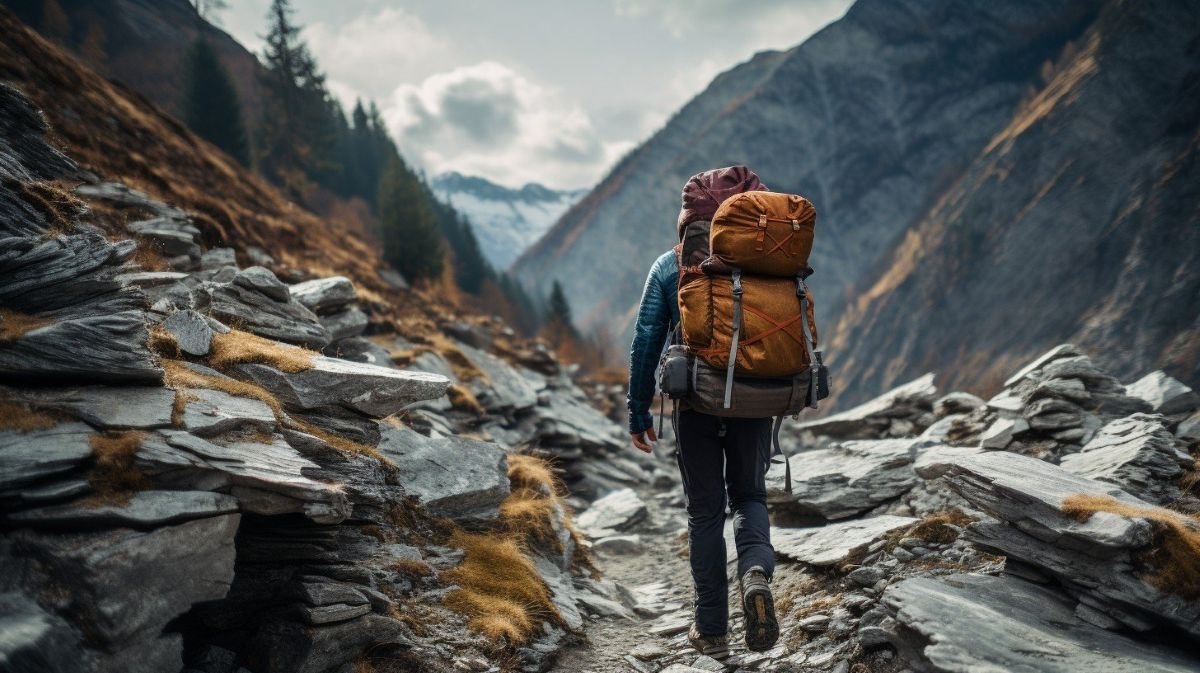
Personalized Support
The Ultimate Guide to Solo Travel-How to Plan Your First Independent Journey with Complete Freedom





